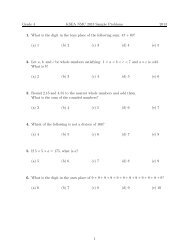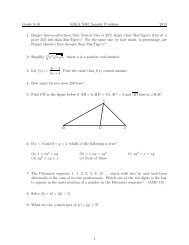Download KSEA Letters 40-3, Apr. 2012 [pdf] - Korean-American ...
Download KSEA Letters 40-3, Apr. 2012 [pdf] - Korean-American ...
Download KSEA Letters 40-3, Apr. 2012 [pdf] - Korean-American ...
Create successful ePaper yourself
Turn your PDF publications into a flip-book with our unique Google optimized e-Paper software.
TECHNICAL ARTICLES<br />
COOPERATIVE CONTROL AT TRAFFIC LIGHT HARNESSED BY WIRELESS CARS<br />
[Byungkyu “Brian” Park, <strong>KSEA</strong> Publication Director I]<br />
Associate Professor and Graduate Program Director, Civil and Environmental Engineering<br />
University of Virginia<br />
INTRODUCTION<br />
Figure 1. Two Schools of Fish Moving<br />
through “Fish Intersection”<br />
Everyone hates waiting at traffic lights. As more cars travel through the urban streets, it<br />
is inevitable that cars have to stop at the intersection – this happens whenever demand<br />
exceeds supply as we understand from the Economics 101 class. This is common at the<br />
intersections in metropolitan areas where an intersection has to serve cars from multiple<br />
approaches. Does it happen to fish? Not really! As shown in Figure 1, anyone enjoys scuba<br />
diving would have seen how two schools of fish moves through “fish intersection” without<br />
collision (IEEE, 2004). One might wonder why cars cannot cooperatively move just like the<br />
fish! Obviously, it is not likely for cars unless human drivers completely give up their egos<br />
and cooperative control becomes possible. To ensure cooperative control, cars should be<br />
able to effectively communicate and an algorithm should be devised. A recent US Department<br />
of Transportation’s initiative on Connected Vehicle technology presents a possibility<br />
of such cooperative control based on wireless communications among vehicles and infrastructure<br />
(US Department of Transportation).<br />
METHODS<br />
A driver may travel through an intersection without stopping when the intersection is controlled by YIELD sign and there is sufficient<br />
gap available. This happens when there are few cars. As more cars try to cross the intersection, drivers have to stop at the intersection<br />
and have to look for safe gaps. What if wireless cars that are capable of communicating each other within a certain distance<br />
are abundant waiting for cooperative control? Then, one can predict car’s trajectory to the intersection area where collision might<br />
occur. As shown in Figure 2, a collision between two conflicting trajectories (i.e., cars movements) at the intersection is about to<br />
happen (see the two trajectories cross at lw area, representing intersection area), but the collision could be avoided with trajectory<br />
adjustments. An easy option would be that one car goes faster and the other car goes slower than their current speeds. The trajectory<br />
adjustments mean that cars will cooperatively adjust their acceleration rates to avoid collision. This approach can be formulated as a<br />
nonlinear constrained optimization (Lee & Park, <strong>2012</strong>). The objective function minimizes overlaps among conflicting cars within the<br />
intersection collision area, while constraints include minimum and maximum acceleration rates, minimum and maximum speeds,<br />
and minimum headway between cars.<br />
Figure 2. Concept of Cooperative Control Algorithm<br />
16 <strong>KSEA</strong> LETTERS Vol. <strong>40</strong> No. 3 <strong>Apr</strong>il <strong>2012</strong>


![Download KSEA Letters 40-3, Apr. 2012 [pdf] - Korean-American ...](https://img.yumpu.com/23972233/18/500x640/download-ksea-letters-40-3-apr-2012-pdf-korean-american-.jpg)
![Download KSEA Letters 40-2, Jan. 2012 [pdf] - Korean-American ...](https://img.yumpu.com/23972281/1/190x245/download-ksea-letters-40-2-jan-2012-pdf-korean-american-.jpg?quality=85)
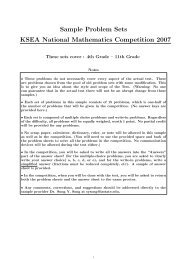
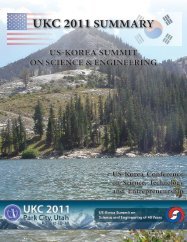

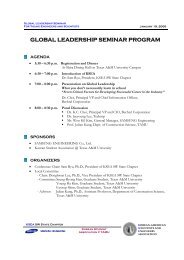

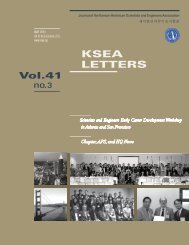


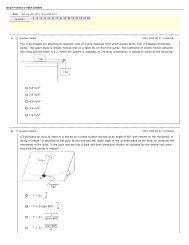
![Download KSEA Letters 40-4, Jun. 2012 [pdf] - Korean-American ...](https://img.yumpu.com/23972210/1/190x245/download-ksea-letters-40-4-jun-2012-pdf-korean-american-.jpg?quality=85)

